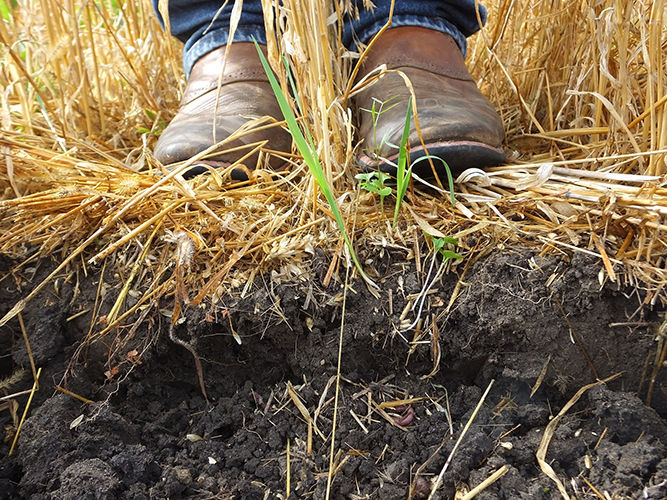Conservation gives many gifts – both to farmers and the rest of the world. Each breath of air, sip of water, and bite of food you will ever take exists because of natural resources and how we protect them.
As we head into the holiday season, we will highlight the 12 Gifts of Conservation given to us when we conserve natural resources: soil, food, plants, wildlife, people, health, protection, recreation, air, water, technology and future.
When properly tended, nature is the ultimate renewable resource. Were the world not continuously renewed, it would soon be consumed and barren. Conservation is the gift that keeps giving.
Conservation rewards the people who practice it. Farmers across the nation have witnessed the improvement to their soil’s physical and biological properties through the use of cover crops. In addition to supplying nutrients, suppressing weeds, preventing erosion, and improving the availability of water in the soil, utilizing cover crops can have an impact on your bottom line.
USDA conservation programs provide technical and financial assistance to help producers integrate conservation practices on working lands as well as protect the most sensitive lands.
Conservation also creates unique opportunities for recreation. From introducing plants to attract pollinators to creating wildlife habitat for woodland creatures, conservation provides benefits to those who cherish the outdoors. Beyond recreation, these practices are also good for our health.
One thing we all have in common—we all eat. Conservation secures our food supply by providing nutrient rich soils and clean water to nourish the foods we eat. Innovative growing systems can extend growing seasons providing healthy, fresh fruits and vegetables.
Conservation is our best technology for removing carbon from the atmosphere. Did you know that by practicing responsible grazing land management, and implementing other conservation measures on your farm, you assist in carbon sequestration (absorption of atmospheric carbon by soil and plants)? This leaves our planet better for generations to come.
A healthy landscape needs healthy wetlands. In addition to providing habitat, they filter the air and water. Wetlands clean and recharge our groundwater. In addition to sequestering carbon, they can also hold a lot of water, providing passive flood protection to nearby areas.
This past year was a historic year for flooding in many parts of our nation. Dams and levees provide active flood protection on a larger scale. Conservation includes maintenance of aging infrastructure. We work with local partners to safeguard homes and communities that depend on dams. Conservation protects you and your family, now and in the future.
As you enjoy the holidays at your farm, pick out the perfect Christmas tree, or savor your favorite holiday meal, remember that you’re enjoying a few of the 12 Gifts of Conservation.
USDA offers a variety of conservation programs to help you plan and implement conservation practices on your farm, ranch, or forest:
- Agricultural Conservation Easement Program
- Conservation Reserve Program
- Conservation Stewardship Program
- Environmental Quality Incentives Program
- Emergency Conservation Program
Follow @farmersgov on Twitter and Facebook as USDA counts down the #12GiftsOfConservation.


